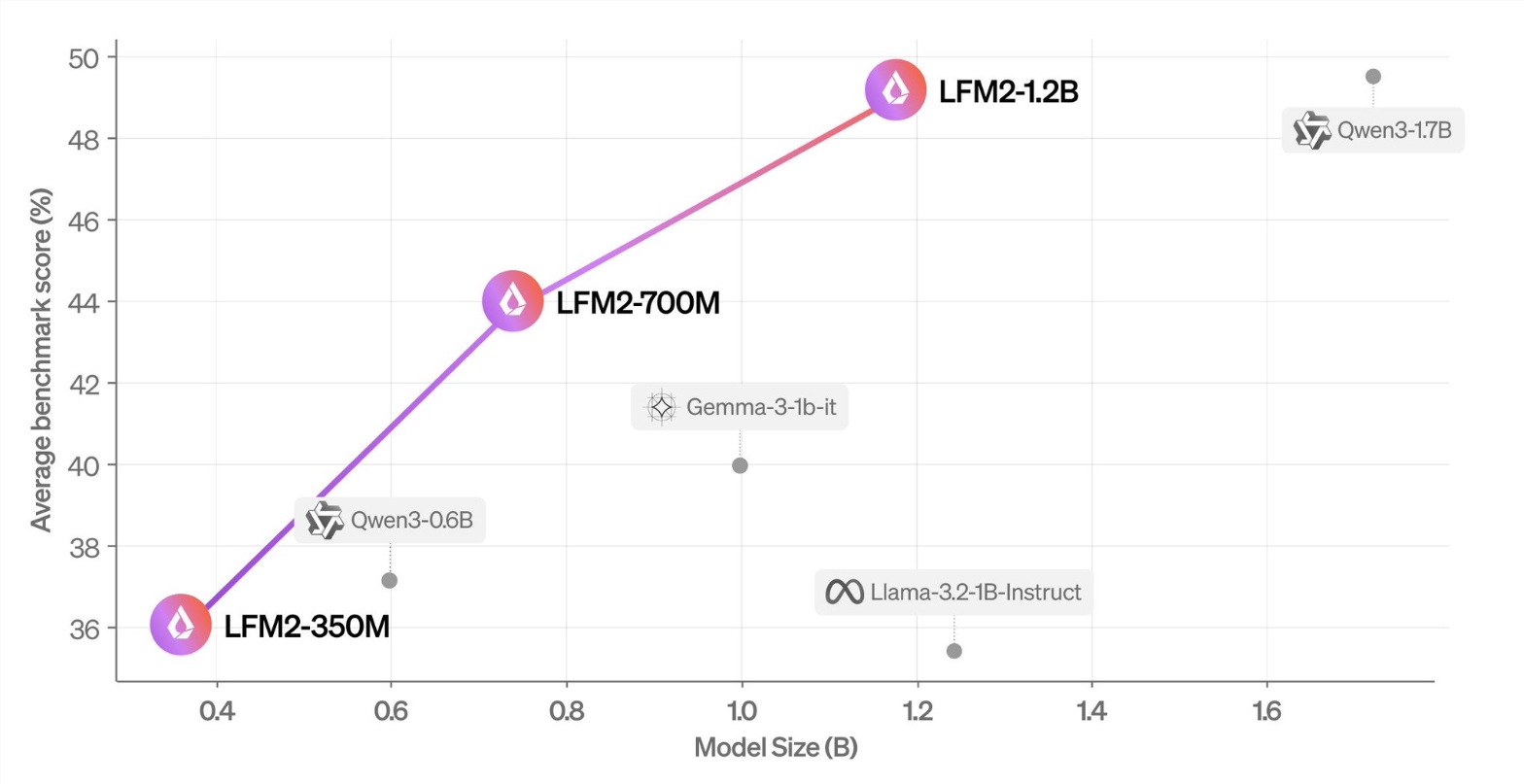Liquid AI Open-Sources LFM2: A Breakthrough in Edge AI
Liquid AI Open-Sources LFM2: A Breakthrough in Edge AI
Liquid AI has officially open-sourced its Liquid Foundation Models (LFM2), marking a significant milestone in the field of edge artificial intelligence. The release has sparked widespread discussion due to its potential to redefine performance standards for edge devices.

Redefining Edge AI Performance
The LFM2 series includes models with 350M, 700M, and 1.2B parameters, specifically designed for edge devices such as smartphones, laptops, vehicles, and embedded systems. Unlike traditional Transformer-based models, LFM2 employs an innovative structured adaptive operator architecture, which significantly enhances training efficiency and inference speed.
According to benchmarks, LFM2's inference speed is twice as fast as Qwen3, while its training speed is three times faster than Liquid AI's previous models. This performance leap is particularly notable in long-context and resource-constrained scenarios.
Open-Source Strategy: Fueling Global Innovation
By open-sourcing LFM2, Liquid AI has made the model weights publicly available via Hugging Face, allowing developers to experiment with the technology in the Liquid Playground. This move underscores the company's commitment to transparency and collaborative innovation.
The open-source release also marks a competitive milestone: LFM2 is the first U.S.-developed model to surpass leading Chinese open-source offerings from companies like Alibaba and ByteDance in the small language model space.
Technical Advancements: Efficiency Meets Privacy
Key technical features of LFM2 include:
- Support for 32K context length
- bfloat16 precision
- 65K vocabulary optimized with ChatML style
The model's low latency and energy efficiency make it particularly suitable for privacy-sensitive applications requiring localized processing. Its hybrid architecture represents a novel approach to balancing performance with resource constraints.
Industry Impact: Setting New Standards
The release of LFM2 establishes a new benchmark for edge AI technology. Its combination of efficiency and open accessibility provides:
- Cost-effective solutions for SMEs
- High-performance options for independent developers
- Privacy-focused alternatives for sensitive applications
The technology aligns with growing global emphasis on data sovereignty and could accelerate innovation across sectors from smart homes to healthcare.
Key Points:
- LFM2 offers 2x faster inference and 3x faster training than comparable models
- Available in three parameter sizes optimized for edge devices
- First major U.S. open-source model to surpass Chinese competitors in this category
- Unique architecture enables efficient long-context processing on resource-limited hardware
- Open-source strategy promotes ecosystem development while maintaining competitive advantage